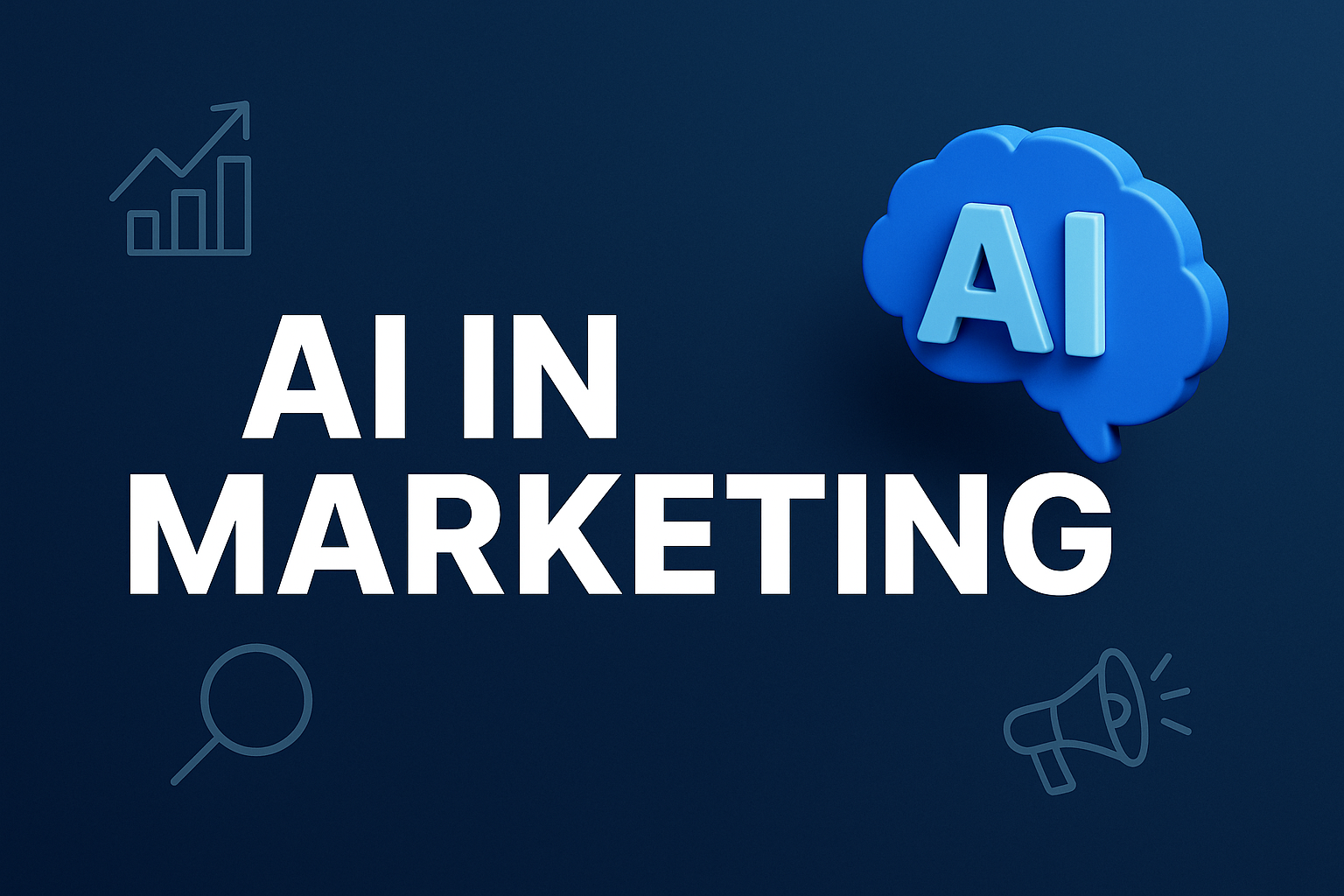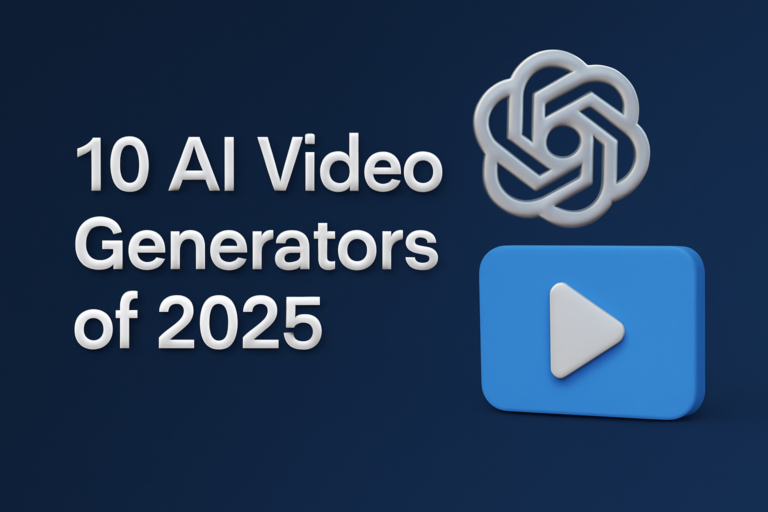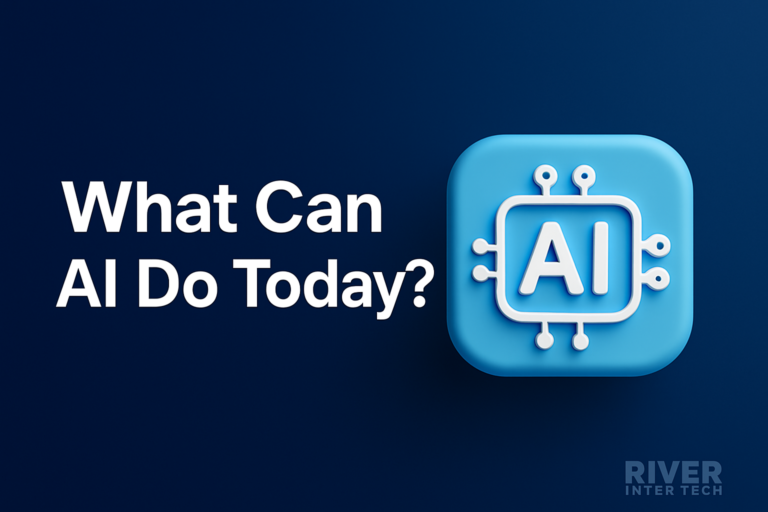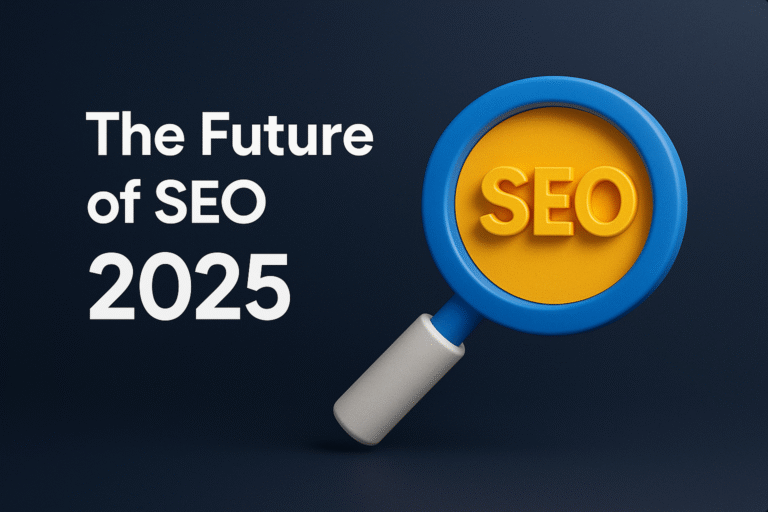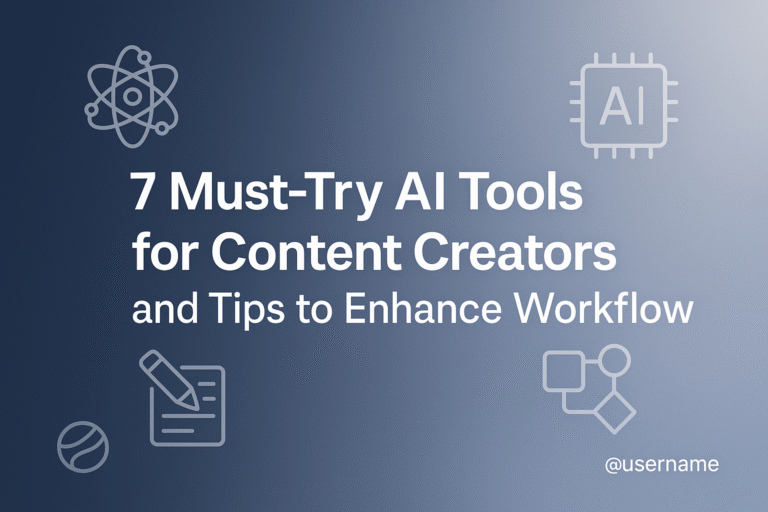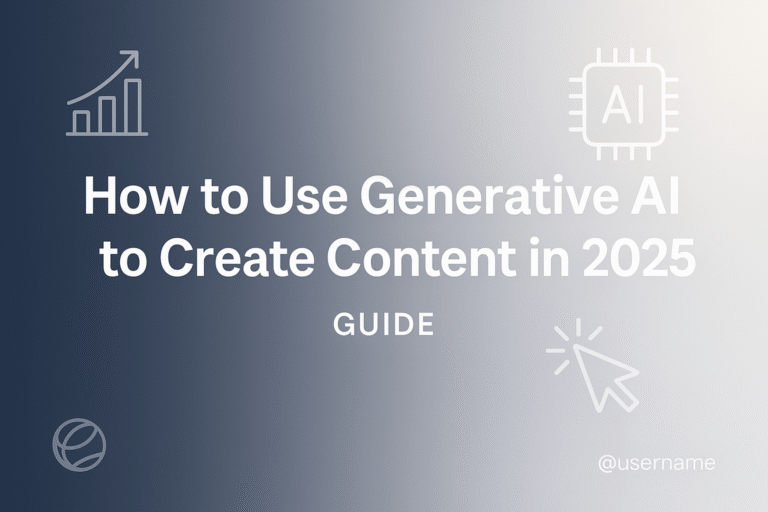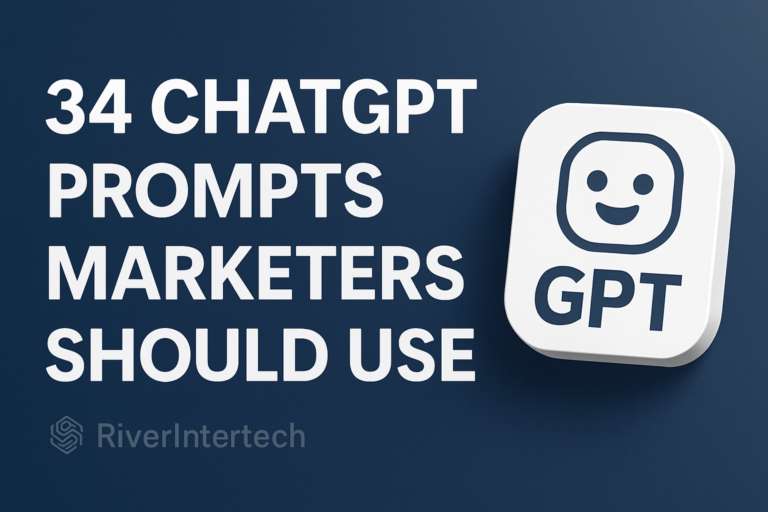AI in Marketing: Key Trends Driving Personalization and Growth
Nearly 80% of marketers think AI will transform the industry in the next five years? This isn’t just talk—it’s happening now. AI is now the engine behind smarter and more personal marketing. If you’ve seen a Netflix show that fits your taste or a Spotify playlist that matches your mood, you’ve experienced AI in action.
How AI Shapes the Future of Marketing
AI allows marketers to skip the guesswork. It studies how people behave and helps predict what they want next. Reports show AI-driven personalization can increase ROI by 20%. That means companies make more sales by sending messages that match each customer. AI also automates boring jobs, like sorting emails or analyzing data. For example, a B2B SaaS company used AI to speed up competitor analysis by 60%. Learning to use AI is now essential for anyone who wants to succeed in marketing.
Expert Opinion: Mastering AI Secures Your Place
There’s a saying: “Your job won’t be taken by AI, but by someone who knows how to use AI.” Christina Inge, a marketing educator, says marketers should aim to master AI, not just use it. But only one in three marketers use AI beyond simple tasks. This means there’s still lots of room for growth. Groups like the Marketing AI Institute and online courses help marketers learn and stay ahead as trends evolve.
The Current State of AI in Marketing
AI is now part of everyday marketing. Tools in platforms like HubSpot and Mailchimp help marketers save time and connect better with customers. For example, Mailchimp’s AI can predict who will open emails, which leads to a 14% increase in open rates. HubSpot’s AI suggests changes to improve campaigns. Marketers use AI to spot trends fast and make smarter choices. Most AI tools are easy to start using—even for beginners.
Emerging AI Trends: What’s Next
AI is doing more than just sending better emails. It now looks at both structured data, like what you’ve bought, and unstructured data, like photos or social posts. This gives deeper insight into what users want. Predictive tools let marketers send offers that match interests before users even ask. Chatbots are another trend, giving fast answers and product tips in real time. Today, 74% of customers expect chatbots to reply fast when they visit a brand online. Marketers now pair chatbots with CRM data for a smoother, more personal chat experience.
AI Marketing Tools Spotlight
- ChatGPT: Helps brainstorm copy, draft posts, and build chatbots.
- Copilot for Microsoft: Analyzes data and finds trends in Excel.
- HubSpot AI: Personalizes customer journeys and automates tasks.
- Jasper AI: Creates content quickly using data-driven insights.
Forty-five percent of marketers use ChatGPT for brainstorming, while Copilot makes reporting easier. Use these tools to handle repetitive tasks and free up time for bigger ideas.
Personalization at Scale: Making Every Message Count
Personalization used to mean just adding a first name to an email. AI now matches content to each person’s interests and sends it at the best time. Netflix and Amazon use this for recommendations, but now any marketer can. AI lets brands send millions of unique messages in real time. One marketer saw a 30% boost in click rates by using AI to suggest content. Combine AI predictions with standard audience segments for messages that really fit.
AI Opportunities and Challenges
AI helps marketers work faster, increase ROI, and spend more time on creative ideas. It can improve campaign efficiency by up to 50%. But there are challenges. Some job tasks are now automated, so marketers need new skills to keep up. Creative control is also important. AI writes fast, but people must edit content to keep it on brand. Use AI for routine work, but always review the results.
Predictive Analytics and Forecasting
Predictive analytics is another strong point for AI. Marketers use these tools for lead scoring, demand forecasting, and finding trends early. Sixty percent of B2B marketers use AI to score leads, which helps focus on the best prospects. AI-driven forecasts are more accurate, leading to up to a 25% improvement. Real-time dashboards help teams spot what’s working and quickly adjust if needed.
AI-Driven Content Creation
Over half of marketers now use generative AI for blogs, social posts, and graphics. Content that took days now takes minutes. But speed is not everything. AI can draft ideas, but people must edit for quality and brand fit. Give AI tools your brand guidelines for better results. Think of AI as your creative helper, not your boss.
Ethical Considerations: Why Responsibility Matters
As AI improves, so do risks. Seventy-two percent of consumers worry about how brands use their data. Bias in algorithms can also cause unfair results. The answer is being transparent. Brands should tell people when they use AI, especially in customer-facing campaigns. Clear rules and honest communication build trust and prevent problems.
How to Use AI Responsibly
- Be open about where and how AI works in your campaigns.
- Keep humans involved—never let AI run on its own.
- Collect feedback to spot and fix issues quickly.
Create and update an internal guide for responsible AI use to help your team stay on track.
Building AI Skills: Next Steps for Marketers
Learning AI is not a one-time task. Marketers who set aside just two hours a week to practice see results fast. Free courses on Coursera, HubSpot Academy, and Google help busy people get started. Peer groups and online communities offer advice and keep you motivated. Try new tools, start with small projects, and track your progress. Regular learning keeps you from falling behind.
Conclusion
AI in marketing is changing how brands connect with people. From smarter personalization to quick content creation, AI helps marketers work faster and stay relevant. The future is bright for those willing to learn, adapt, and use technology with care.
FAQ
How is AI changing marketing jobs?
AI takes over routine tasks so marketers can focus on strategy and creativity. New skills are needed to stay current.
What’s the most common use of AI in marketing today?
Marketers use AI for campaign optimization, personalization, and content creation on platforms like HubSpot and Mailchimp.
Will AI replace marketers?
AI will change how marketers work but won’t fully replace them. The best outcomes come when people use AI as support, not a replacement.
Is AI-generated content good enough for brands?
AI drafts content quickly, but humans must edit to match brand voice and ensure quality.
How can marketers upskill in AI?
Take free online courses, join learning groups, and practice using new AI tools each week.
What are the main risks of AI in marketing?
Privacy, bias, and misuse are top risks. Clear guidelines and open communication help manage them.
How does AI personalize marketing?
AI reviews user data to deliver relevant content and recommendations in real time.

